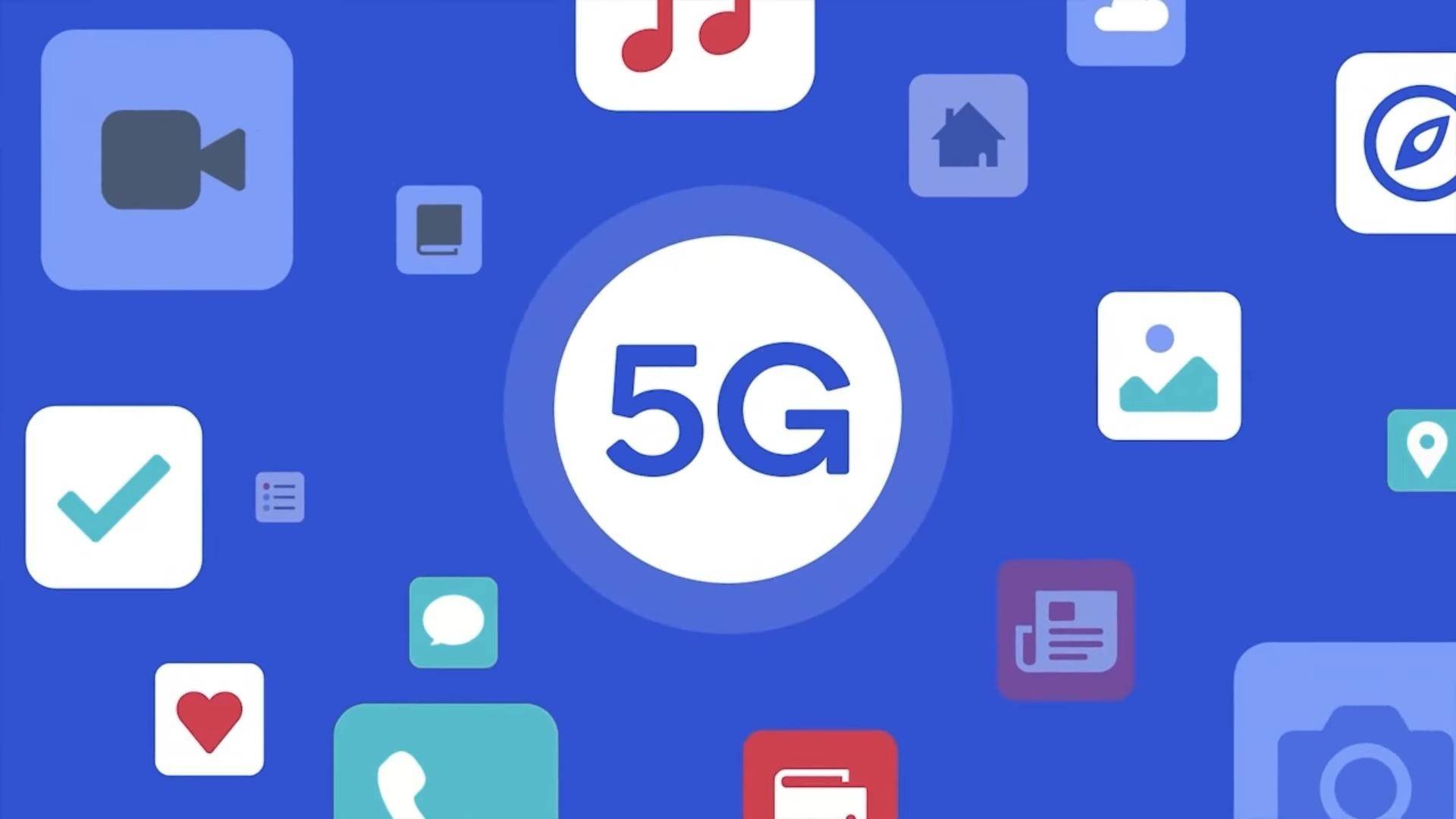
5G started taking off around 2019 and became generally available in mid-2020 and early 2021. Around the same time, smartphones also came out with 5G, and carriers jumped quickly to advertise the new technology as a must-have and encourage more users to upgrade and sign up for more expensive plans.
This strategy seems to have worked and many users have upgraded, but there are still tens of millions of people using 4G smartphones. 4G devices are often equipped with slower chipsets, but that does not apply to all devices and manufacturers. In the case of HUAWEI, the company has been placed on a special entity list that prohibits the company from accessing 5G technologies.
In this article we give three reasons why it makes little sense to buy a 5G smartphone in 2022. Suppose you are happy with your current 4G-only device. In that case, we don’t necessarily recommend that you upgrade unless your phone is getting old and you have legitimate reasons to upgrade, such as a better screen, a better camera, and faster speeds when gaming or browsing the web.
5G is not yet fully exploited
On paper, the sub-6GHz technology is faster than 4G LTE, but in practice that is not always the case. Depending on your region and traffic, you may see 40 Mb/s download speeds and 150 Mb/s at other times, over LTE. Sub-6Ghz can often produce similar results, although it can range from 10 Mbps to a few hundred Mbps. The average speed for 5G networks used to be around 50 MB/s, while LTE will be around 28 MB/s in 2020 (via OpenSignal† More up-to-date analyzes can be found on this page.
As a power user, I don’t see any noticeable benefits of using 5G while traveling and using Google Maps. If I occasionally want to watch videos while I’m on the road, I usually turn to YouTube or Netflix, and 4G provides a comfortable experience. There are usually no buffering or loading screens and content often loads in seconds. While 5G – in theory – eliminates ever having to see the loading screen, it can happen depending on traffic and your location to the nearest tower.
5G mmWave adoption is slow

The 5G mmWave technology is a real game-changer and lets you download at gigabit speeds. Downloading the entire series of your favorite TV show can only take a few seconds and can have a huge impact on machine learning and autonomous driving technologies.
Large companies are already using it where possible, in many major US cities, but it is still not available outside less populated areas. mmWave cannot travel as far as sub-6Ghz; therefore the speeds are much lower. Sub-6Ghz is easier to install and widely available worldwide, while mmWave lags behind as it requires more hardware and more towers.
4G is available everywhere and it works great

4G may not be as fast as 5G, but it is available in most rural and rural areas. It offers great speeds even when you’re in the middle of nowhere, and it works for the most part. 4G is also stable; it makes it easy to surf the web, make calls, and even make video calls with friends and family.
Many applications and services are also well optimized to provide a comfortable experience while the connection is slow, and it is rare for an application and content to load for more than 20 seconds in developed regions. If you use a lot of media, you might think that 5G will deliver better results, and while it certainly could, you’d better check your carrier’s website for more information to see if there are 5G towers near you. home or workplace.
